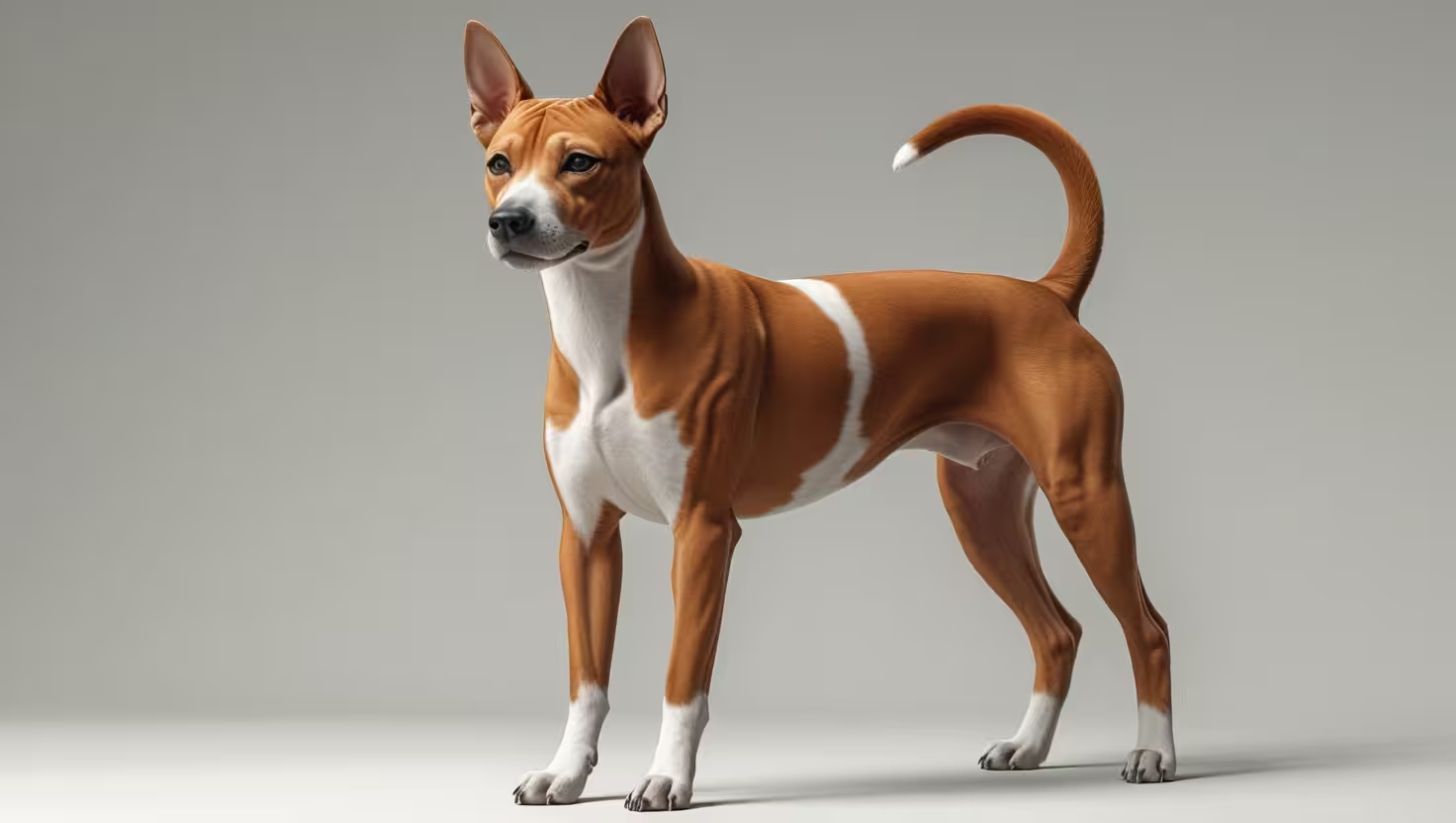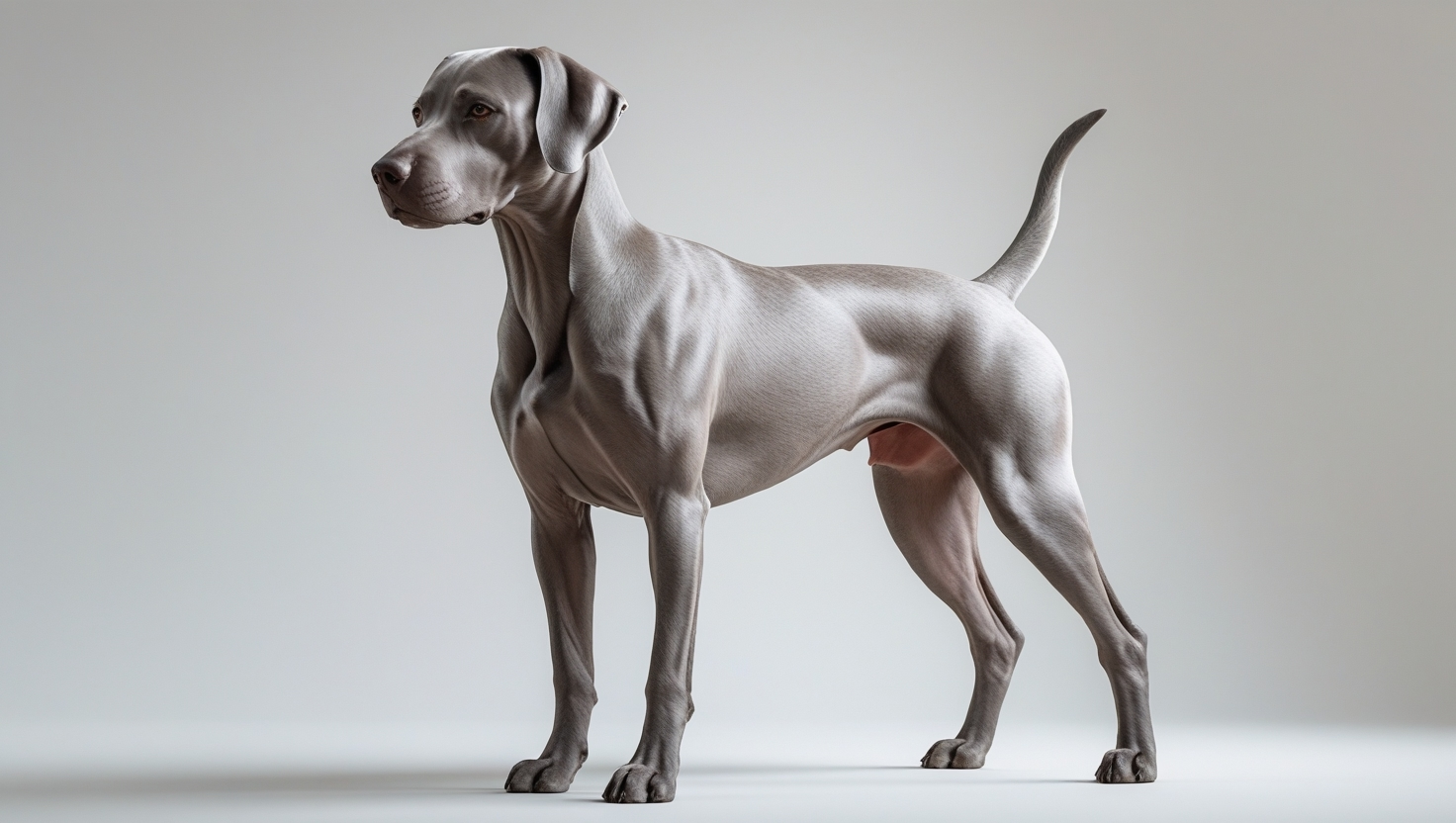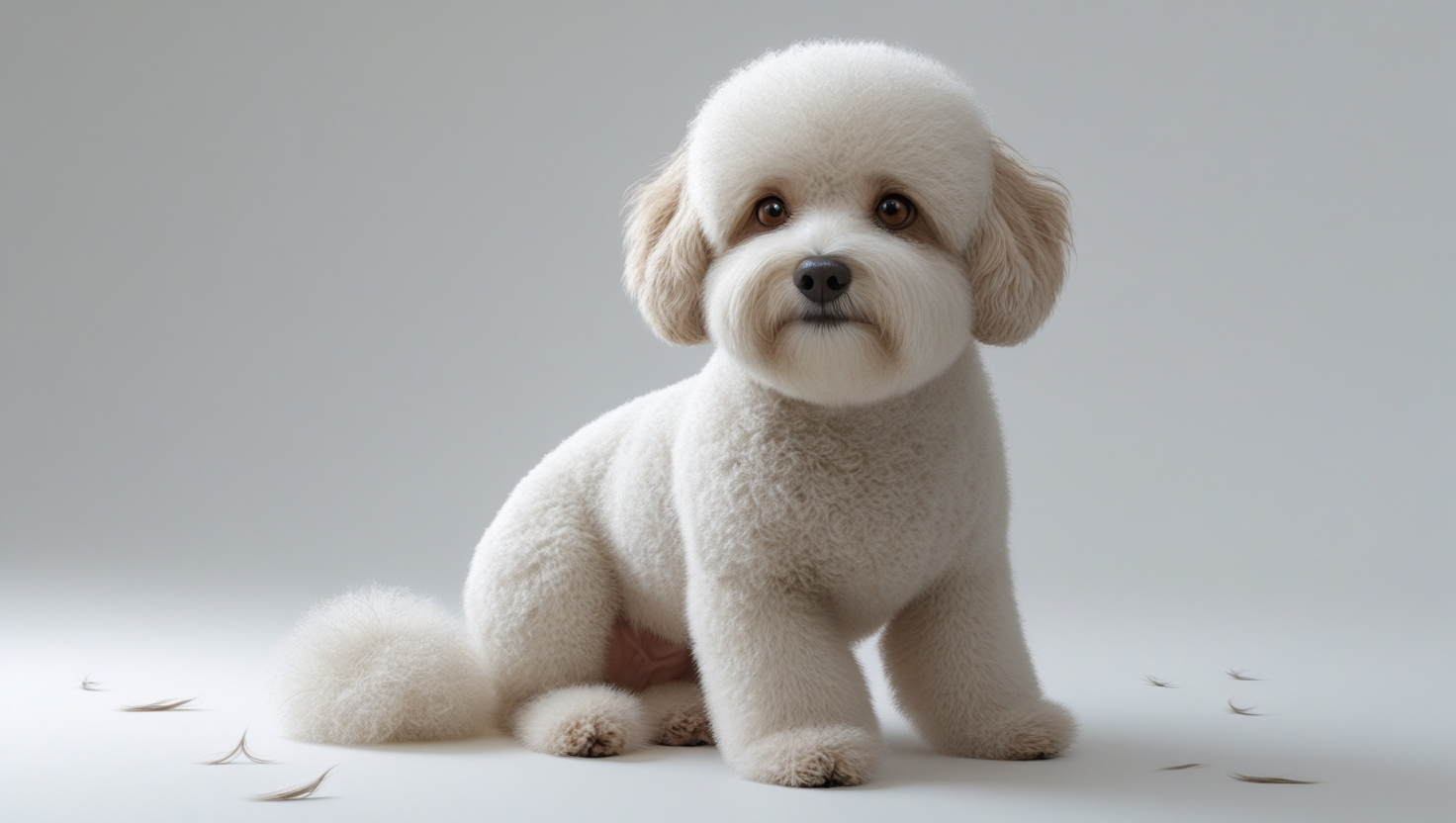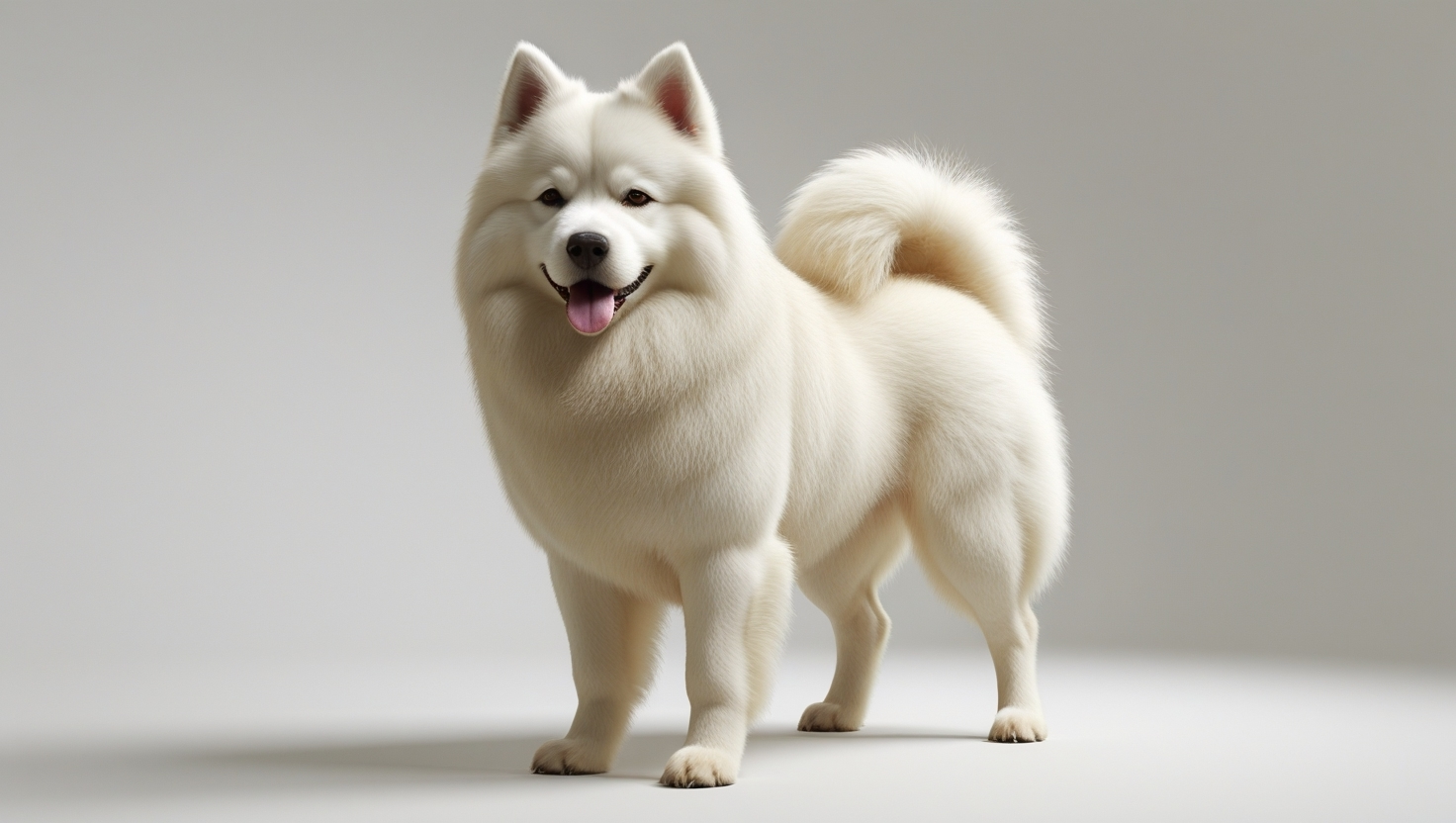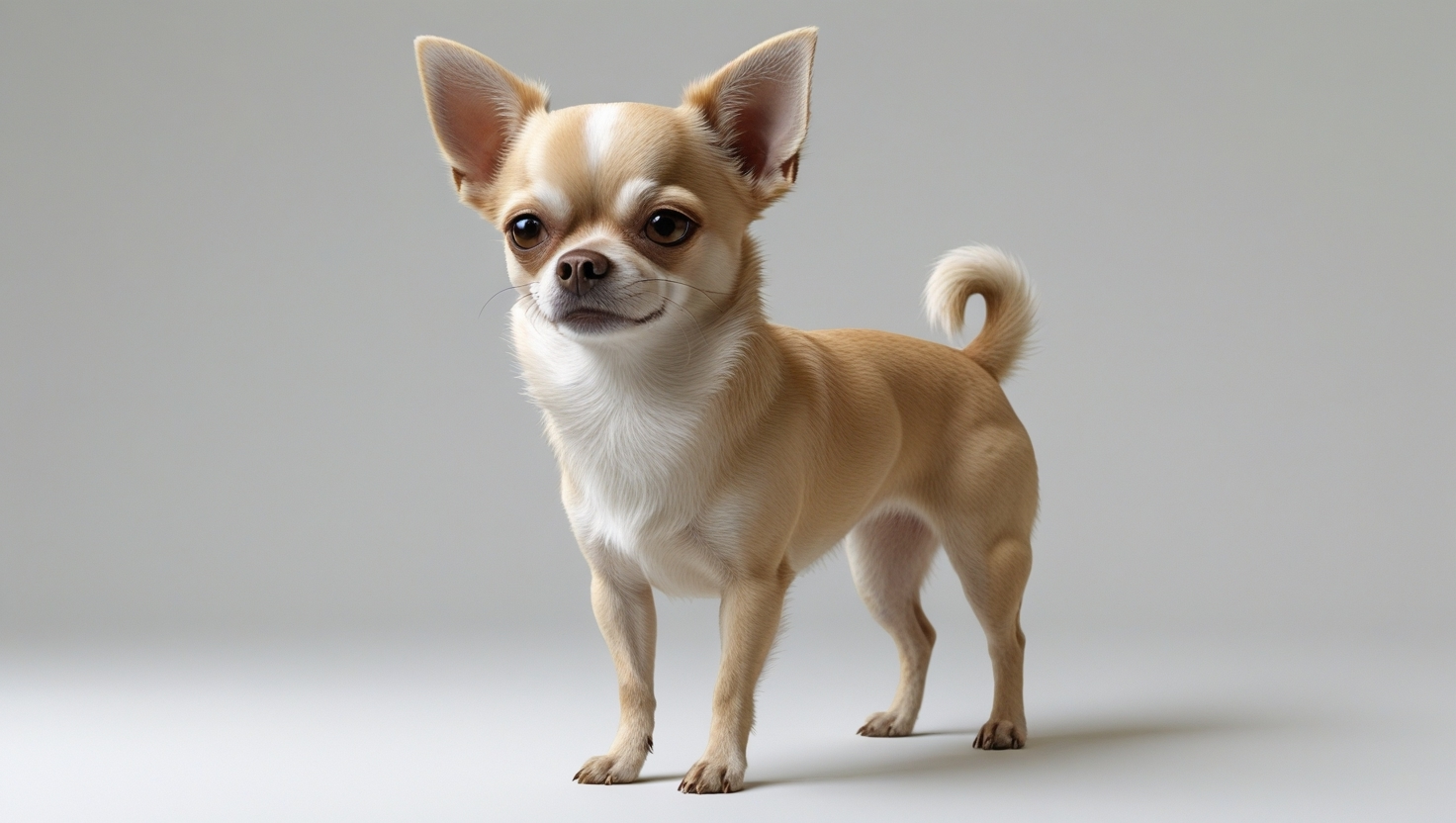The
Alaskan Malamute is a breed full of unique traits that make it stand out. Besides their strength and beauty, these dogs possess fascinating characteristics worth knowing:
- Heavy Work Ability: Bred to pull sleds, Malamutes can carry loads of up to 1,100 lbs. Their incredible strength makes them one of the most resilient breeds. They are tireless workers in extreme climates;
- Howling Fascination: Instead of barking, they prefer to howl, something that harkens back to their ancestral roots. This behavior is a form of natural communication. It’s common for them to “talk” to their owners this way;
- Cold-Adapted Coat: Their thick double coat protects them from extreme temperatures, making them perfect for Arctic regions. Although impressive, it requires constant brushing to prevent tangling and manage heavy shedding;
- Independent Companions: Despite being very loyal, Malamutes are independent and have a strong leadership instinct. This requires patience and consistency in the relationship. Still, they love being close to family;
- Similar to the Husky, but Different: The Alaskan Malamute is often confused with the Siberian Husky due to their similar appearance. However, the Malamute is larger and more robust, with greater strength for heavy work. Huskies are lighter, faster, and many have light-colored eyes, often blue, while Malamutes only have brown or black eyes.


